Terminating an employee is stressful process for all parties. Even though you (hopefully) have repeatedly shared your performance concerns with the employee, they generally still are not prepared for the final reality of being fired. You can make the experience easier to digest by using an effective, supportive approach.
Here are the top “don’ts”when you do decide to terminate an employee.
1. Don’t Terminate an Employee Unless You Are Meeting Face-to-Face
This cannot always happen, and that is understandable. However, if at all possible, do not terminate an employee using any electronic method (i.e. emails, voice mails, or phone calls). Even a notification letter is inappropriate. If you must terminate and cannot do it in-person, try the most personal approach you can, be it video conference or phone. Never text, email or send a letter except as a follow-up to the discussion.
When you terminate an employee give them the courtesy you would extend to any human being. Some organizations will follow-up with a written notification, but this should not be the first time the employee is learning of their discharge. Often, but the time someone is terminated, the employer no longer feels a lot of respect for the individual and may even feel resentment towards them. However, it is important to keep the meeting professional, kind and respectful. They way you terminate employment says a lot about you, and ALL of your employees are watching.
2. Don’t Terminate an Employee without Warning(for anything not deemed gross misconduct)
Nothing makes an employee angrier than feeling blind-sided when discharged. Unless an immediate, egregious act occurs, the employee should experience some combination of coaching, performance feedback, and or progressive discipline as required. Before you discharge an employee, try to determine what is causing the employee to fail.
If you decide the employee is able to improve her performance, provide whatever assistance is needed to encourage and support the employee. Often time your EAP is the appropriate intervention. Document each step. If you are confident the employee can improve, and the employee’s role allows, a performance improvement plan (PIP) may show the employee specific, measurable improvement requirements.
When employers are at their “final straw” and yet have never done a formal, clear, documented warning, they have only themselves to blame. They should step back, and take a little more time if necessary before the termination.
3. Don’t Terminate an Employee without a Witness
The best practice is to include a second employee in the termination meeting when you fire an employee. In a retail store, this may be the store manager and the assistant manager or lead. In office settings, this is often the manager and the Human Resources Business Partner.
The HRBP can also help pick up the slack if the terminating manager runs out of words or is unsure what to say or do next.
4. Don’t Supply Lengthy Rationale and Examples for Why You Are Terminating the Employee
This is a notification meeting only. If you have coached and documented an employee’s performance issues over time and provided frequent feedback, there is no point in rehashing your dissatisfaction when you fire the employee. It accomplishes nothing.
Instead, sum up the high points and have ‘talking points’ prepared that correctly summarize the situation without unnecessary detail or placing blame. You want the employee to maintain his/her dignity during an employment termination process. So, you might say:
“We’ve already discussed your performance issues, and as you are aware, there was another recent issue with your performance. At this time, we have reached the step of termination since performance hasn’t improved sufficiently. We do wish you well and trust you will locate a position that is a better fit for you. We know you have questions about benefits, final payments and more and we will help you through this process.”
5. Don’t Let the Employee Believe that the Decision is Not Final
Because employees don’t believe that you will actually fire them in the first place, they may believe that there is an opportunity to affect your decision. Approach the employee with kindness, concern, and respect, but your words should be straightforward.
Being ‘wishy-washy’ only complicates the issue for all parties, especially if the employee believes he/she has one last chance to affect your decision. In fact, tell the employee that the purpose of the meeting is to inform them of your decision, which is final. This is kinder than misleading the employee.
6. Don’t Terminate an Employee without a Checklist in Hand
An employment termination checklist can keep you organized and on track when you need to terminate an employee. The employment termination checklist ensures that you cover all appropriate topics during what can be a stressful meeting for all participants.
In addition, the employment termination checklist also provides guidance about informing the employee of what they can expect from your company upon termination of employment and any related supporting processes.
Feel free to contact any member of Catapult’s Advice team if you need help thinking through and planning a termination at any level.
Written by a Catapult Advisor

